internationalspacestation
Latest

NASA celebrates 16 years of space living with ISS GIFs
On November 2, 2011, Expedition 1 commander William Shepherd and cosmonauts Sergei Krikalev and Yuri Gidzenko appeared on camera to celebrate the first long-duration stay on the International Space Station (ISS). 16 years later, NASA is commemorating that event with the best way to celebrate anything on the internet: With GIFs. Here are some of those images.

Watch crew leave the International Space Station at 4:45PM Eastern
It's always a momentous (if melancholic) moment when astronauts finish their stints aboard the International Space Station, and NASA is determined to capture every last minute of the occasion this time around. It's livestreaming the departure of astronauts Kate Rubins, Anatoly Ivanishin and Takuya Onishi as they end 115 days in orbit. Things get started in earnest today (October 29th) at 4:45PM Eastern, when the crew says its goodbye and enters the Soyuz spacecraft. The undocking should begin at 8:37PM, and the deorbit burn should start at 11:06PM. If all goes according to plan, the team will touch down on Earth at 11:59PM.

NASA uses a DNA sequencer in space for the first time
The crew of the ISS just took the first step towards making the orbital laboratory a little safer for its inhabitants. For the first time ever, NASA astronauts have sequenced DNA in microgravity. The experiment was actually a test to see if a MiniION portable DNA sequencer would work in orbit -- so far it does. The samples tested on the ISS produced the same results as a control group back on earth. If further tests pan out, astronauts will be able to use the sequencer to test microbes found on ISS surfaces.

ICYMI: Temporary tat yourself for user interface
try{document.getElementById("aol-cms-player-1").style.display="none";}catch(e){}Today on In Case You Missed It: Microsoft and MIT built a computer interface that drops a touchpad into a shiny, golden temporary tattoo. Just as fantastic as you'd imagine, people can use them to input commands, get notifications and store data like NFC tags.
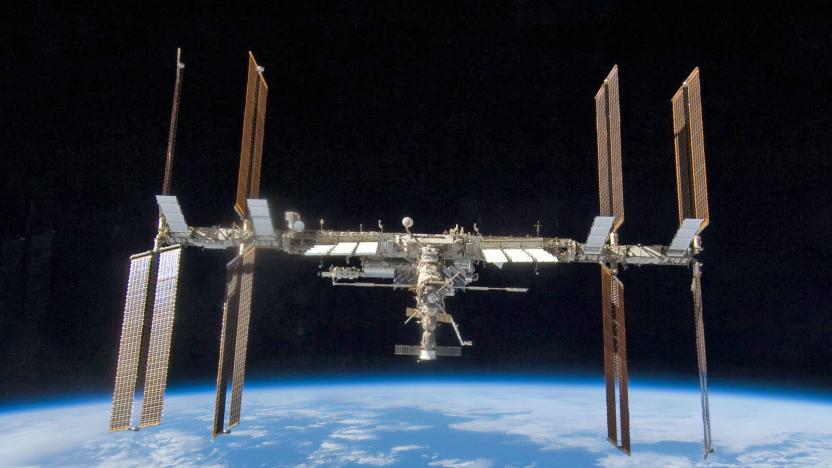
NASA wants more private uses of the International Space Station
NASA doesn't just see the International Space Station as a place where government space agencies can work together in harmony -- it could be a business hub, too. The agency has put out a call for ideas that could increase commercial use of the ISS. Those private outfits have potential uses that researchers hadn't imagined, NASA says. They could likely take better advantage of the "unique capabilities" of the low-Earth orbit facility, such as hooking up to underused attachment ports.

NASA brings a DNA sequencer to space for the first time
SpaceX's after-midnight Falcon 9 launch didn't just advance the state of the art in rocket landings... the cargo it launched is groundbreaking, too. NASA notes that the mission is the first to bring a DNA sequencer to space. The Biomolecule Sequencer will not only demonstrate that you can sequence genes in microgravity, but provide a valuable service to the International Space Station's crew. They can use it to check up on crew health, identify microbes and maybe (just maybe) detect life beyond Earth. It's dramatically more convenient than before, when astronauts had to wait months to send DNA samples back to Earth.
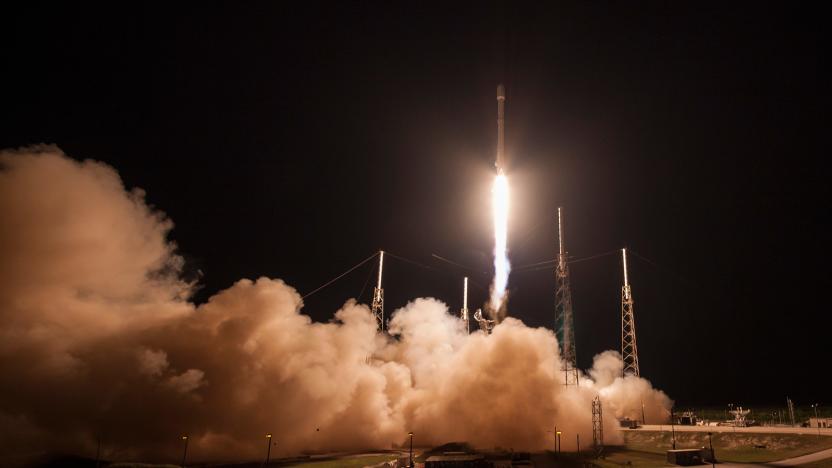
Watch SpaceX try its second ground landing (update: success!)
Now that sea-based rocket landings are relatively commonplace for SpaceX, the company is hoping to achieve repeat success with ground landings. Elon Musk and crew are launching a Dragon capsule full of cargo to the International Space Station on July 18th at 12:45AM Eastern, and they're using this nighttime mission to attempt the second-ever ground landing of a Falcon 9 rocket. You can watch SpaceX's live stream below starting at 12:25AM.
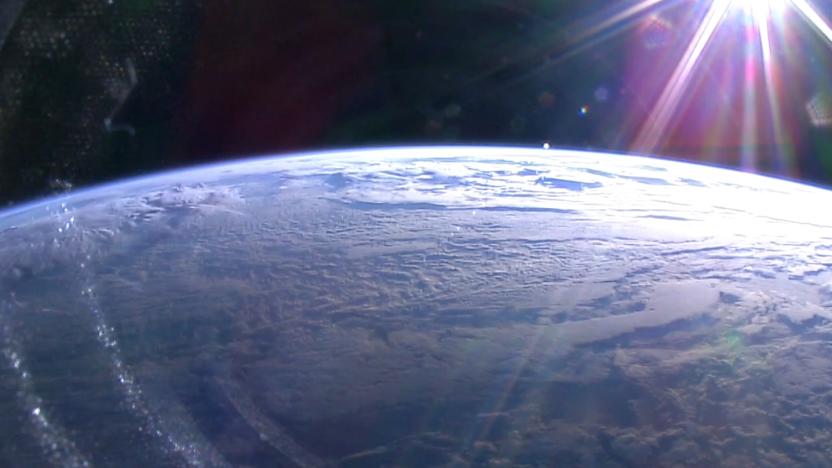
NASA's app turns your Apple TV into an ISS observation deck
According to NASA, the space agency's official app has been downloaded more than 17 million times on iOS, Android and Fire OS. Today, that same window into space exploration got even bigger with the addition of a new version for Apple TV. That means: high-definition versions of NASA TV, on-demand NASA videos, 3D satellite tracking maps, realtime views of the Earth from the International Space Station and a stellar new backdrop for your next cocktail party.

NASA successfully puffs up its inflatable space habitat
Second time's the charm. Following a less-than-successful initial test run, NASA and Bigelow Aerospace have successfully inflated the Bigelow Expandable Activity Module attached to the International Space Station. It took several hours (the team didn't want any movement that could destabilize the station), but the experimental pod now extends nearly 5.6 feet out and 10.6 feet across. That's not the full size (it'll ultimately be 7 feet long), but it's hopefully smooth sailing from here on out.

ICYMI: ISS inflation failures, remote controlled muscles and more
try{document.getElementById("aol-cms-player-2").style.display="none";}catch(e){} Today on In Case You Missed It: That newly installed inflatable habitat aboard the International Space Station has refused to fully inflate and nobody's sure why just yet. A Japanese inventor has devised a system that enables users to hijack another person's limbs simply by moving their own. And Disney released a special edition LP set for Star Wars: The Force Awakens soundtrack that features hidden, laser-engraved images of the Millennium Falcon and TIE Fighters.
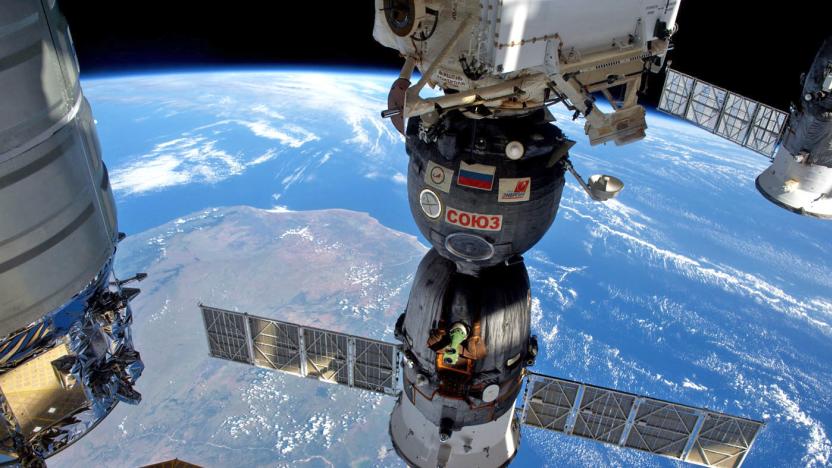
ISS experiment will investigate how pills dissolve in space
Space is weird, and it's well known that floating around up there takes its toll on our fragile human bodies. If we're to ever conquer the final frontier, we'll need to do more than eat our greens to keep healthy in alien conditions. A new experiment, soon to be carried out on the International Space Station (ISS), will look at how pills dissolve in microgravity, because astronauts get sick too. It's hoped that results of the "Hard to Wet Surfaces" study, devised by pharmaceutical company Eli Lilly, could lead to the development of better drug formulations that are more effective in space, and possibly on Earth.

Gaze deep into the Milky Way from aboard the ISS
If you're one of the astronauts aboard the International Space Station, a typical day means you get to look out over the night sky 16 times in a 24 hour period. Of course, your perception of "night time" is a little different from 250 miles above the Earth.
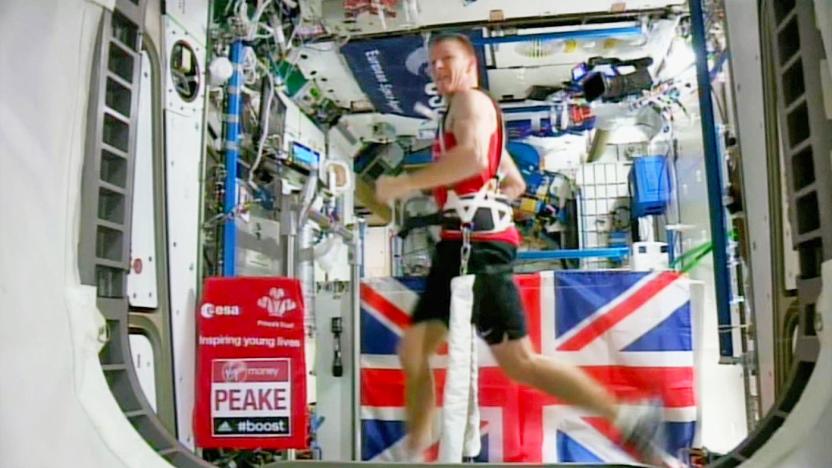
Astronaut becomes the first man to finish a marathon in space (updated)
British astronaut Tim Peake hasn't been shy about his plans to complete a marathon while aboard the International Space Station, and he's clearly a man of his word. The explorer became the first man to finish a marathon in space on April 24th by running the 26.2 miles of the London Marathon on a treadmill aboard the spacecraft, in sync with the race down on Earth. Of course, he had to fudge things a bit to replicate the experience -- he used an iPad to show London's roads as he ran, and he had to be strapped in to keep running in the microgravity environment.

Doctors look into the best ways to deal with periods in space
Two doctors have explored female astronauts' options when it comes to suppressing their periods in space, especially for long-haul missions. While we already know by now that there are no menstrual issues associated with microgravity, some (if not most) might still consider it a huge hassle. Who'd want to deal with a heavy flow in the middle of a spacewalk? According to Varsha Jain, nobody. Jain, one of the two doctors who already works closely with NASA, told The Atlantic: "The women that I spoke to, for short duration flights, when they went up on shuttle missions, they chose either to suppress or they chose to time their cycles, so they didn't have to deal with their menstruation..."

ICYMI: Brain injury gadget, DARPA future plane and more
#fivemin-widget-blogsmith-image-363435{display:none;} .cke_show_borders #fivemin-widget-blogsmith-image-363435, #postcontentcontainer #fivemin-widget-blogsmith-image-363435{width:570px;display:block;} try{document.getElementById("fivemin-widget-blogsmith-image-363435").style.display="none";}catch(e){}Today on In Case You Missed It: Samsung has jumped on the preventing-brain-injury bandwagon, developing a brainBAND to light up to indicate the severity of a hit in contact sports. Meanwhile, DARPA is designing a new airplane that is a blend between a fixed aircraft and a helicopter. And NASA is about to begin using inflatable modules at the International Space Station, in case that's something humans can set up on the surface of Mars. We hit on a number of big stories this week, but you will definitely impress your friends if you know what happened to Microsoft's AI chat bot within 24 hours. As always, please share any great tech or science videos you find by using the #ICYMI hashtag on Twitter for @mskerryd.

NASA to use the ISS as a testbed for inflatable living modules
NASA, perhaps more than anyone else, knows that there's only so much room for packing stuff onto a spacecraft. That's why it's testing expandable living modules on the International Space Station prior to sending them to Mars for work and living spaces. The Bigelow Expandable Activity Module will ride along in an upcoming SpaceX Dragon resupply mission to the ISS and from there will be unpacked and attached to the side of the station.

Orbital rocket ready to launch its biggest ISS cargo ever
A resupply ship from Orbital ATK is ready to launch its largest cargo ever to the International Space Station. The newly redesigned Cygnus craft, first launched in December, is capable of carrying 25 percent more payload than before, and today's weighs nearly four tons. "It's like opening a box of goodies and finding some stuff you've been wanting and some surprises you didn't know about," says Orbital's Dan Tani, a former ISS astronaut. Along with the supplies, Cygnus will carry a 3D printer from Made in Space, two dozen nanosatellites and Saffire, an experiment to test the effects of fire in space.
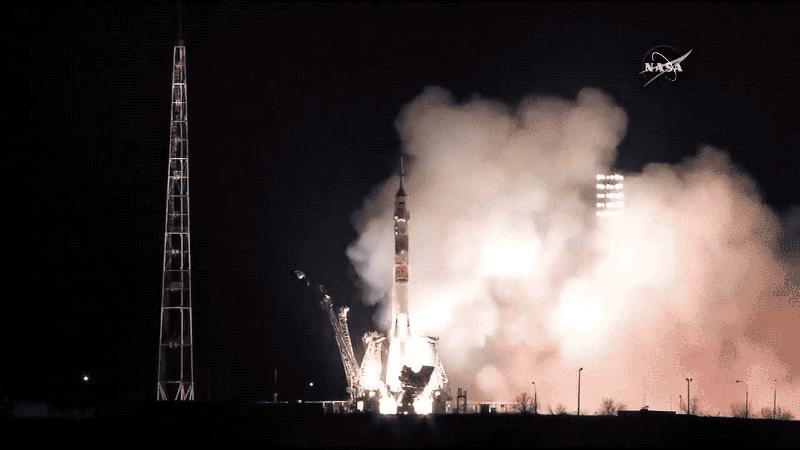
The next three-person ISS crew is on its way (updated)
Astronaut Jeff Williams and Russian cosmonauts Alexey Ovchinin and Oleg Skripochka have been selected as the crew for Expedition 47 on the International Space Station. They're scheduled to take off for a six-month stay in orbit at 5:25 PM Eastern Friday. The trio will launch from the Baikonur Cosmodrome in Kazakhstan aboard a Soyuz spacecraft and dock with the station roughly six hours later. You can watch the launch live at NASA Television starting at 4:30 PM Eastern.
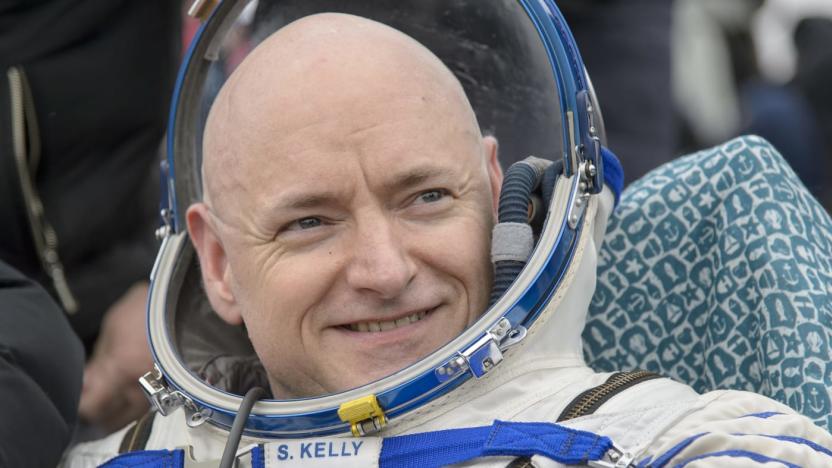
Record-breaking astronaut Scott Kelly retiring this April
Astronaut Scott Kelly, the International Space Station's selfie king, is retiring from his post at NASA on April 1st -- no foolin'. The American record-holder for most time spent in space will spend his foreseeable days still working on research following his year aboard the ISS, NASA writes, and will continue to provide medical samples at regular intervals.

Watch astronauts make outer space Skype calls with HoloLens
So why exactly did the crew International Space Station need those HoloLens headsets? For a holographic instruction manual and VoIP calls, of course. Prior to entering orbit, the headset was certified for use on the Weightless Wonder C9 a number of times to ensure it'd work in a zero-G environment in addition to the NEEMO underwater space station analog, according to Victor Luo, the technical lead of NASA's Jet Propulsion Lab. Astronaut Scott Kelly used it to make the first Skype call from outer space to mission control and says he fiddled around with it for about two hours, too.








